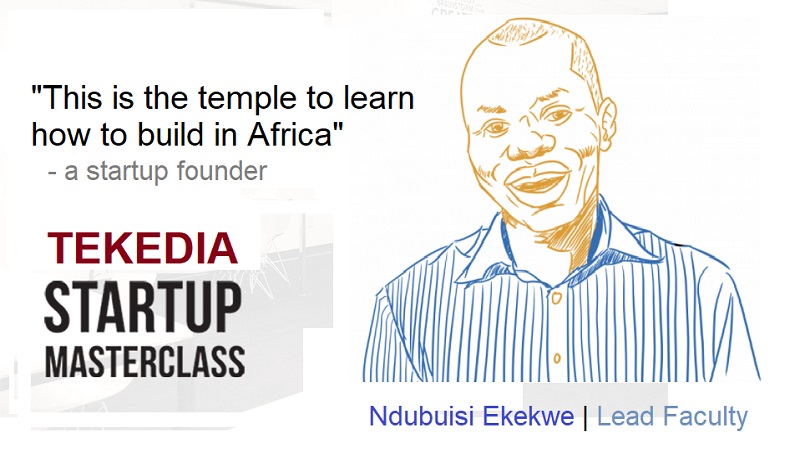
Worldcoin (now often referred to as World Network) is reportedly in discussions with Visa to integrate card features into its self-custody crypto wallet, rather than fully “bringing credit card payments to crypto wallets” in the traditional sense. These talks aim to enhance the World Wallet by enabling functionalities such as stablecoin-based payments, fiat on-and-off ramps, and access to Visa’s extensive global merchant network. This would allow users to spend stablecoins at merchants that accept Visa, effectively bridging cryptocurrency with traditional payment systems.
The partnership, still in negotiation is not finalized, and no official confirmation has been announced by either party. The goal appears to be transforming the World Wallet into a versatile financial tool—described as a “mini bank account”—that supports crypto transactions, foreign exchange, and fiat integration, leveraging Visa’s infrastructure. Visa has been exploring stablecoin adoption, as seen in its prior work with USDC and Crypto.com, but this collaboration with World Network would focus on expanding the utility of the World Wallet rather than directly introducing credit card payments into crypto wallets broadly.
The potential partnership between Worldcoin (World Network) and Visa to integrate credit card-like features into the World Wallet could have wide-ranging impacts across the cryptocurrency ecosystem, traditional finance, and broader society. By linking the World Wallet to Visa’s global network of over 130 million merchants, users could spend stablecoins seamlessly in everyday transactions. This could make crypto a practical alternative to fiat for millions, accelerating mainstream adoption.
Register for Tekedia Mini-MBA edition 17 (June 9 – Sept 6, 2025) today for early bird discounts. Do annual for access to Blucera.com.
Tekedia AI in Business Masterclass opens registrations.
Join Tekedia Capital Syndicate and co-invest in great global startups.
Register to become a better CEO or Director with Tekedia CEO & Director Program.
Visa’s involvement could legitimize stablecoins as a payment method, building on its prior work with USDC and Crypto.com. This might encourage other financial giants to explore crypto integrations, amplifying the trend. The partnership could serve as a model for blending traditional finance (TradFi) with decentralized finance (DeFi), offering fiat on-and-off ramps and foreign exchange (FX) capabilities within a single wallet. This hybrid approach might reduce friction for users transitioning between fiat and crypto.
World Wallet’s ambition to become a “mini bank account” could empower unbanked or underbanked populations, particularly in regions where Visa is widely accepted but banking infrastructure is limited. Users could manage crypto, fiat, and payments without traditional bank accounts. Stablecoin transactions via Visa could lower costs for cross-border payments and remittances by bypassing intermediaries like banks or money transfer services, which often charge high fees.
Existing crypto wallets (e.g., MetaMask, Trust Wallet) and payment providers (e.g., PayPal, Mastercard) might face pressure to innovate or partner similarly, potentially sparking a wave of competition and consolidation in the fintech space. News of the partnership has already driven a 10-13% price surge for Worldcoin’s WLD token in late March 2025, reflecting market optimism. If implemented, increased utility could sustain or boost demand, pushing WLD’s value higher (e.g., analysts suggest a potential breakout above $1.00 from its $0.80-$0.93 range).
Enhanced wallet functionality might attract more users to World Network’s broader offerings, like World ID and World Chat, strengthening its ecosystem and competitive edge against rival projects. The World Wallet could evolve into a comprehensive financial hub, supporting stablecoin payments, fiat conversions, and FX trading. This aligns with World Network’s vision of a connected wallet strategy, potentially setting a new standard for crypto wallets.
Integrating with Visa’s infrastructure might strain World Network’s blockchain (or its reliance on platforms like Ethereum or Solana), requiring robust scaling solutions to handle transaction volume without compromising speed or cost. Success here could inspire further blockchain-based financial tools, such as decentralized identity verification for payments, leveraging World ID’s biometric system. A high-profile partnership with Visa could draw attention from regulators worldwide, especially given Worldcoin’s controversial biometric data collection. Compliance with laws like GDPR (already a challenge in Europe) and anti-money laundering (AML) regulations will be critical.
Combining Visa’s payment data with Worldcoin’s iris-scanning identity system might raise concerns among privacy advocates. Any mishandling of biometric or financial data could lead to backlash or legal hurdles, undermining trust. As stablecoins gain traction through this partnership, governments might accelerate efforts to regulate them, impacting their use and the partnership’s scope. If stablecoin payments become as easy as swiping a Visa card, consumer reliance on cash or traditional cards could decline, reshaping spending habits globally.
While the partnership could enhance financial access, it might also exacerbate inequalities for those without smartphones or internet access, limiting who benefits from this innovation. Visa’s endorsement could soften skepticism about cryptocurrencies, positioning them as reliable and practical rather than speculative or fringe. Visa has historically balanced crypto enthusiasm with caution (e.g., its 2023 stablecoin skepticism). A strategic pivot away from this partnership could leave World Network in limbo. Crypto markets are notoriously volatile. Even a successful partnership might not shield WLD or stablecoins from broader downturns, affecting user confidence.
The Worldcoin-Visa partnership could redefine how crypto integrates with everyday finance, driving adoption, enhancing World Wallet’s utility, and boosting WLD’s value. It promises significant benefits—financial inclusion, lower costs, and a seamless payment experience—but also carries risks tied to regulation, privacy, and execution. The impact will hinge on successful negotiation, technical implementation, and navigating the complex interplay of crypto and traditional finance.



